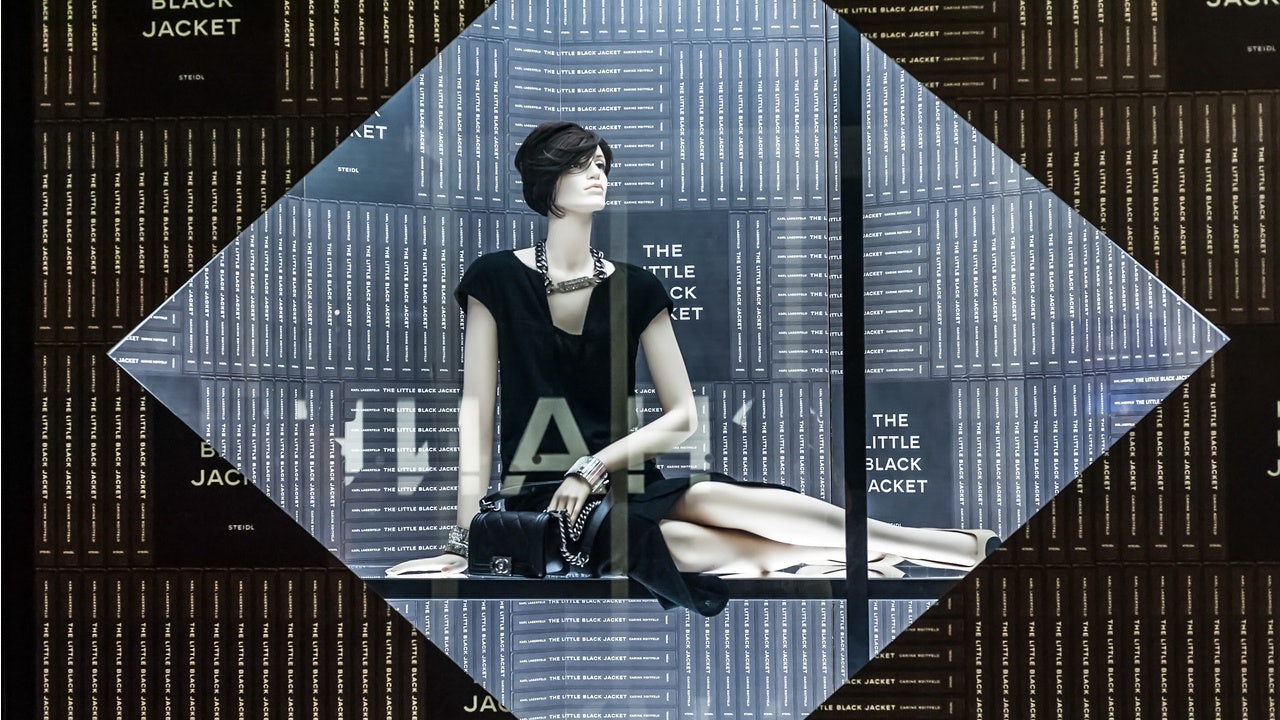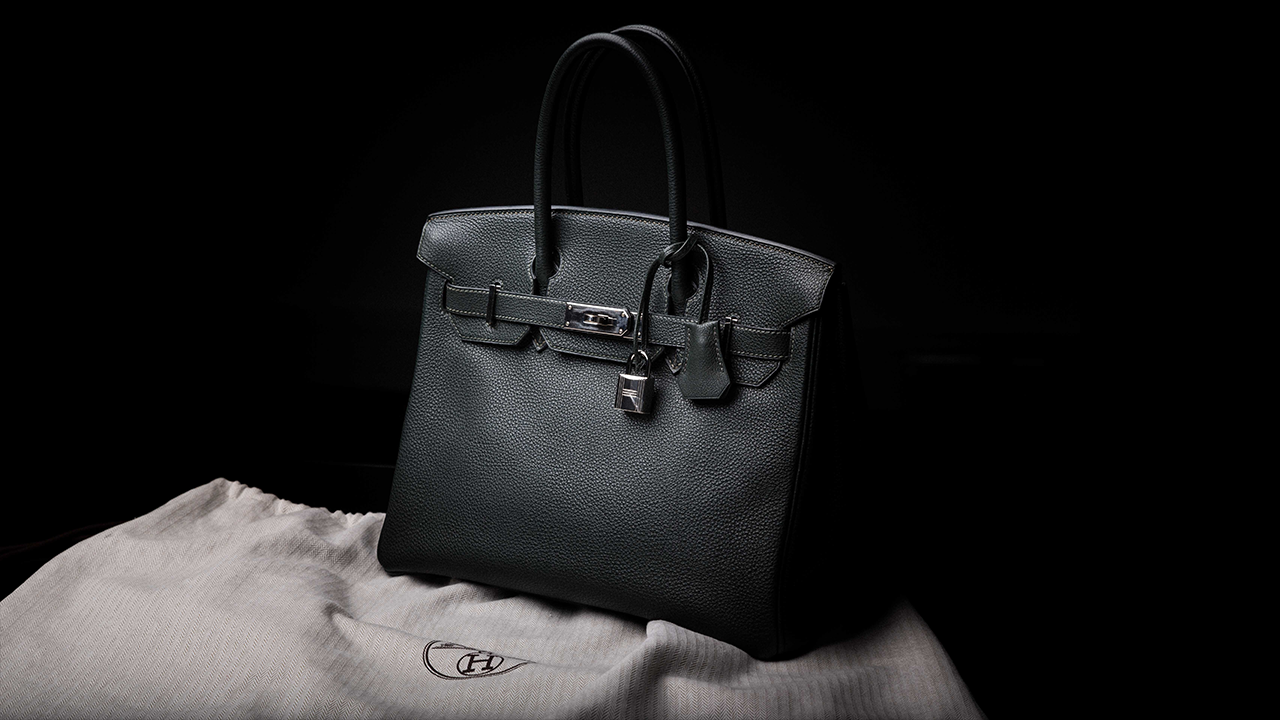Key Takeaways#
:
- The debate on luxury products should not be so much about logos or no logos or about carryover versus seasonal products but about what’s iconic and sticks and what doesn’t
- The pandemic has increased the focus on bigger brands, and within them, iconic products
- As the world reopens hopefully later this year, it is likely that bestsellers will continue to outperform as the luxury sector remains driven by first-time purchasers
When I worked at Cartier in marketing, friends of mine would ask me “is there really an important marketing department there as they seem to be selling the same products.” Today, still, I am being asked how the brand can be so successful while seemingly selling the same product ranges for decades. Well, maybe that’s precisely the point. Opening the New York Times style section last Sunday, you saw a sober Cartier ad with packshots of the Just Un Clou, Trinity, and Love jewelry ranges, as well as the Ballon Bleu, Tank, Panthère and Santos watch ranges. All but two were already resounding successes 15 years ago. Of course, some have benefited from slight design adjustments, but not all.
Last summer, Cartier relaunched the Pasha watch range, which again, was very successful. Newcomers to the brand likely thought it was incredibly slick and innovative — a rare round watch for the brand. Older nostalgic folks like me were also enthused to see this model from the 80s get a facelift. Cartier’s CEO explained the fascination of historic icons by citing writer Italo Calvino on an essay on why read the classics: “The first time we encounter a classic is not really a first time. It feels familiar because it was part of our collective imagination beforehand. We know the hero and the story, we have heard the melody somewhere, even if we don’t remember when. Conversely, when we rediscover it the second time, it is a new first time.”
As Cartier icons go, so goes the 2.55 leather bag and the little black dress at Chanel, the bar suit from Dior, the Burberry trench, the Hermès Birkin bag, the Gucci loafers or Bamboo bags and so much more.
As I develop in an entire chapter of Future Luxe, size matters. And under COVID-19 conditions, consumers have moved to a “buy less, buy better” attitude and they are going to the bigger brands — Louis Vuitton for bags, Rolex for watches and, yes, Cartier, for jewelry — but more importantly, the icons within those brands. Shoppers are still weary of health matters as the pandemic has entered a dangerous new phase and purchases are focused on the essentials, not the “nice to haves.”
Interestingly, this also comes at a time, when last year, many brands struggled with inventory issues, as a majority of stores were shut in the spring, and decided to cut orders on seasonal, whimsical products and focus volumes on so-called evergreen or carryover items. Many companies noted that “signature products” (those carrying more obvious logos) outperformed in handbags and “iconic products” (the equivalent in watches and jewelry: no big fat logo but design a differentiator) also doing well. Some wondered how logos could outperform in a pandemic: it wasn’t logos per se; it was the classics, the icons, the core products.
Innovation is key in luxury and we certainly don’t want to go back to the era of ubiquity that was a headwind for some brands seven or eight years ago. At the same time, first-time purchasers are drawn to the classics. As the world re-opens hopefully later this year, it is likely icons will continue to outperform as the sector is still driven in many cases by first-time purchasers. The game to please both newcomers and loyal consumers is thus to re-interpret icons on a very regular basis (see the endless versions of the Chanel jacket season after season), so newcomers are thrilled but repeat purchasers remain entertained. It is not a surprise that when a new designer takes over at a brand, she or he immediately focuses on “revisiting the brand’s archives.” It’s not a sign of weakness, complacency or lacking ideas; it’s about continuing to write a legacy. And if you can come up with one icon of your own, that will just add another pillar to the brand temple you are building.

